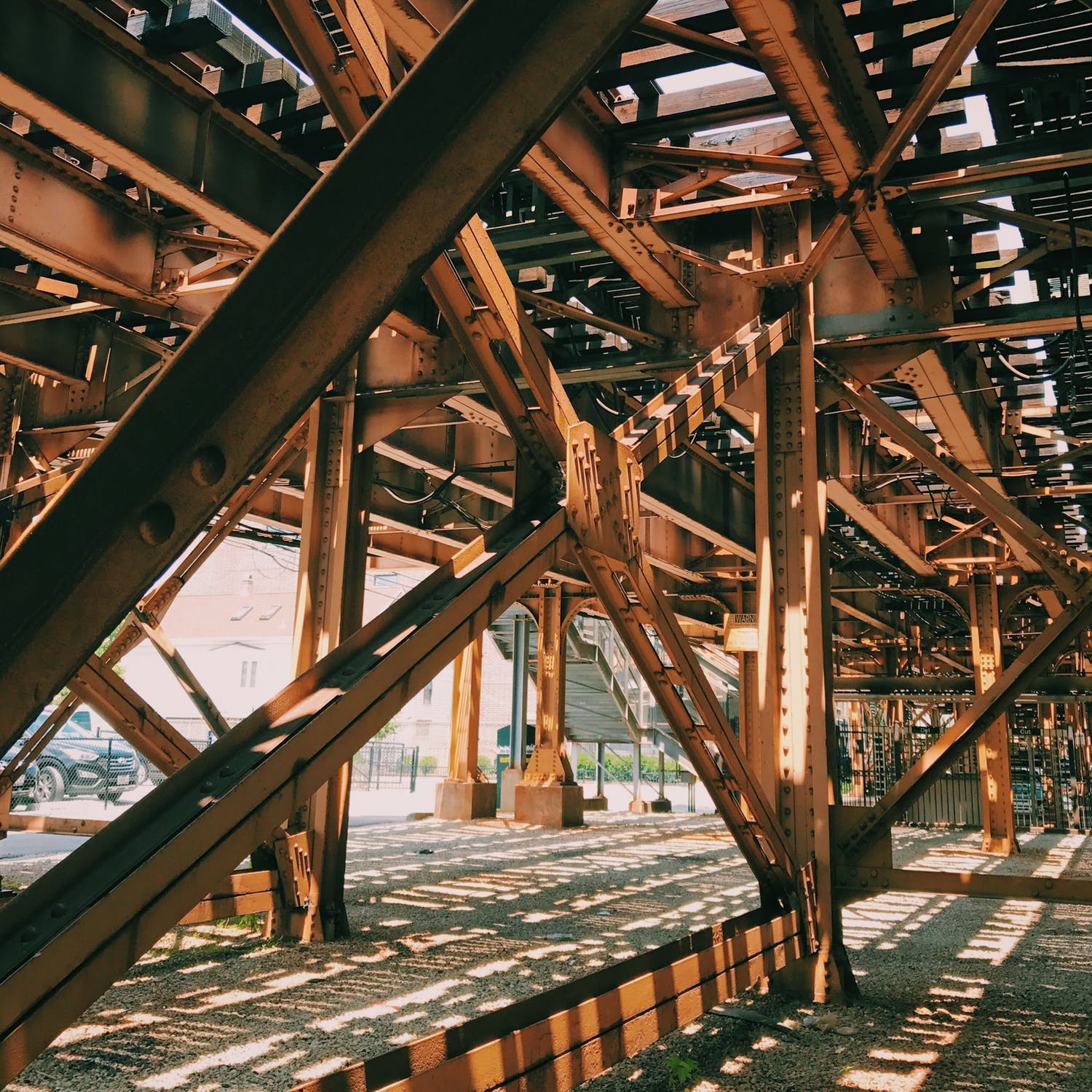The term ‘shot blasting’ is often mistakenly used interchangeably with sandblasting – but they are two very different abrasive blasting techniques.
Whilst sandblasting uses grains of sand and compressed air for propulsion to smooth a rough yet delicate surface, shot blasting is a method that’s used to clean, peen (strengthen) or polish metal and other hard surfaces like concrete.
Let’s take a look at how shot blasting works and the different type of abrasives used. And make sure you tap the experts for the best abrasive blasting and coating services.
How does shot blasting work?
There are two technologies used in shot blasting:
- Wheel blasting – the airless blast operation that has a high velocity and efficiency and uses a wheel with a centrifugal force to propel the abrasive material against the surface.
- Air blasting – usually in the form of blast cabinets, the abrasive is pneumatically accelerated by compressed air and is projected onto the surface using nozzles.
Centrifugal wheel blasting is not only the most common technique but the most economical and environmentally-friendly option too. Inside the blasting machine, there is a spinning wheel that is powered by a motor. This creates kinetic energy and pushes abrasive media at the surface which, in turn, removes contaminants such as rust, paint or other coatings.
Air blasting, on the other hand, accelerates the steel shot using compressed air. This is ideal for lower production applications where maximum flexibility is needed as nozzles can be installed in fixed positions, operated manually or by automatic nozzle manipulators or robots. However, compressed air can reduce efficiency and increase the cost when compared to wheel blasting.
What abrasives are used in shot blasting?
The abrasive media plays a huge part in the shot blasting process. Its size and hardness will dictate how much surface removal will occur, and the material will often be selected depending on the surface in question.
While there are several types of abrasive media to choose from, you will need to carefully consider all of your options before you make your decision.
For example, if it is possible to contain and recycle the abrasive in your blast room/cabinet, you should opt for a reusable abrasive, such as:
- Aluminium oxide
- Glass bead
- Steel grit
- Steel shot
If you cannot recover and/or recycle the abrasive media, you’ll need to opt for an expendable material that is intended for one-time use only. Examples of these include:
- Iron silicate
- Abrablast medium/fine
- Garnet
- Olivine
Find out more about shot blasting
Used by countless industries, shot blasting is a fantastic abrasion technique. It’s both easy to do and effective but, more importantly, it doesn’t produce as much dust as sandblasting.
If safety measures aren’t in place, the dust from sandblasting can be unintentionally inhaled and cause respiratory problems. Although there are a number of safety precautions to be taken when shot blasting – i.e. wearing blasting PPE such as blast suits, helmets and gloves – there are fewer risks involved.
From blast cabinets to nozzles, hoses and spares, you’ll find an abundance of shot blasting equipment online at Surface Finishing Equipment Group (SFEG). On top of this, they provide all of the aforementioned abrasives and PPE too. And if you’re unsure which products suit your requirements best, or you have a question, feel free to call 0161 480 8087. They are always on hand and will do everything they can to help.

